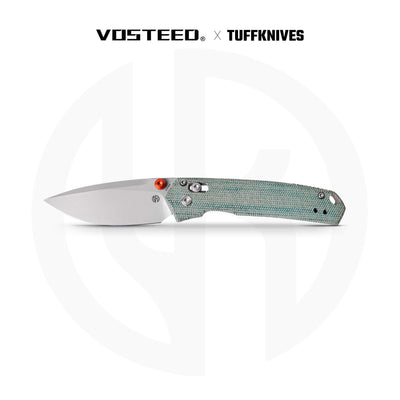Unlock the Secrets to Mastering Your Pocket Knife Safely!
Pocket knives are versatile tools that can come in handy in numerous everyday situations, from opening packages to preparing food during a camping trip. However, with great utility comes the potential for risks if not handled properly. The casual nature of using a pocket knife can lead users to overlook safety measures, resulting in accidents that can cause serious injuries. Whether you’re an outdoor enthusiast or simply someone who enjoys DIY projects, understanding the importance of pocket knife safety tips is crucial. This article aims to equip you with essential safety practices that will help you navigate the world of pocket knives with confidence and security.

Understanding Pocket Knife Safety
Pocket knife safety encompasses a range of practices that ensure both the user and those nearby remain unharmed while using this handy tool. Regardless of your experience level, the importance of safety cannot be overstated. Common injuries associated with improper use include cuts, lacerations, and puncture wounds, which can occur from slips or improper handling. Accidents can happen in an instant, which is why being mindful and adopting safe practices is imperative. Not only does this protect you, but it also ensures that those around you are safe from potential harm. Being aware of your surroundings and handling your knife with care can significantly reduce the likelihood of accidents.
Essential Safety Tips for Pocket Knife Users
To ensure safety while using a pocket knife, it’s vital to adhere to specific guidelines that promote responsible usage. First and foremost, always handle your knife with care; this means keeping the blade closed when it’s not in use and only opening it when needed. Store your knife in a secure place, ideally in a sheath or a designated spot to prevent accidental opening. Regular maintenance is also crucial; make sure to keep the blade sharp and clean, as a dull blade can require more force to cut and increase the risk of slipping. When using your knife, maintain a clear work area free of distractions and clutter. If you’re using your knife while sitting, keep your feet and hands away from the cutting path. Always cut away from your body and be cautious of others in close proximity. Additionally, never use your knife for unintended purposes, such as prying or as a screwdriver, as this can lead to breakage and injuries.
Choosing the Right Knife
The first step to ensuring safety is selecting the right pocket knife for your needs. Different blade types, sizes, and locking mechanisms can impact how safe a knife is to use. For instance, a knife with a secure locking mechanism is less likely to close on your fingers during use. Consider your intended use; a smaller, lighter knife may be more appropriate for everyday tasks, while a larger, sturdier knife may be better suited for outdoor activities. Additionally, familiarize yourself with the blade type—some blades are designed for specific tasks which enhance safety by minimizing the chance of misuse. Always choose a knife that feels comfortable in your hand, as a good grip can help prevent accidents.
Safe Cutting Techniques
Employing safe cutting techniques is essential to reduce the risk of accidents. First, always ensure you are using a stable and appropriate cutting surface. Avoid cutting in a position that puts your body in the path of the blade. When cutting, maintain focus on the task at hand; distractions can lead to mistakes. Position your body so that if the knife slips, it will not make contact with you. It’s also advisable to use your non-dominant hand to stabilize the material you are cutting while keeping your fingers tucked away from the blade’s path. If you find yourself losing focus or feeling fatigued, take a break to prevent accidents caused by decreased attention. Remember, a moment of caution can save you from a serious injury.
First Aid and Emergency Procedures
In the unfortunate event of an accident, knowing how to respond can make a significant difference. For minor cuts, clean the wound with soap and water, apply an antiseptic, and cover it with a sterile bandage. If the bleeding does not stop after a few minutes of applying pressure, or if the cut is deep, seek professional medical help. It’s also important to know the signs of more severe injuries, such as deep lacerations or puncture wounds, which may require stitches or further medical intervention. Always keep a basic first aid kit nearby when using a pocket knife, and consider taking a first aid course to better prepare yourself for emergencies.
Ensuring Safe Use of Your Pocket Knife
Mastering the use of a pocket knife safely is not just about skill; it’s about adopting a mindset that prioritizes safety at all times. By implementing the safety tips outlined in this article, you can significantly reduce the risk of accidents and injuries while using your pocket knife. Remember that a responsible knife user is a safe knife user. As you practice these principles, you will not only enhance your skills but also ensure that you and those around you can enjoy the versatility and convenience of pocket knives without fear. So, embrace your pocket knife with confidence, and let safety be your guiding principle!








